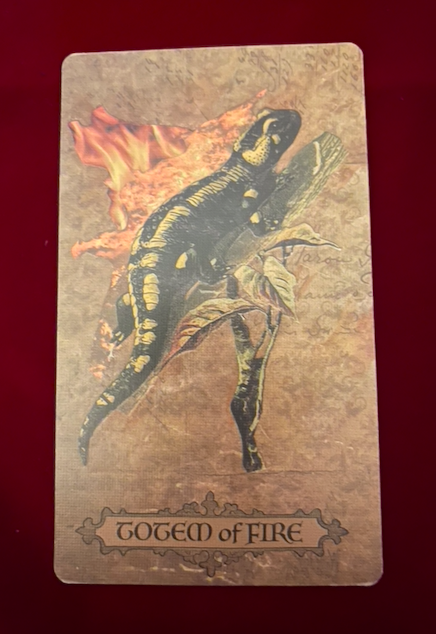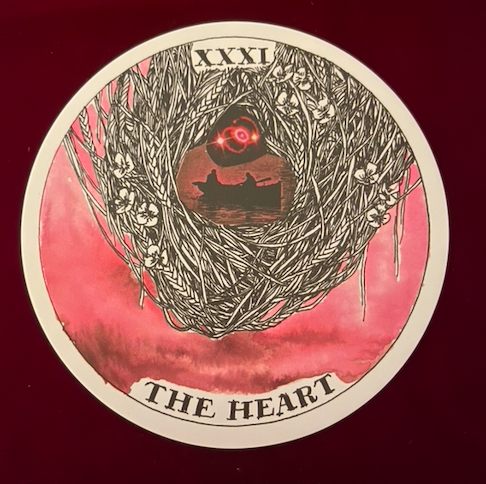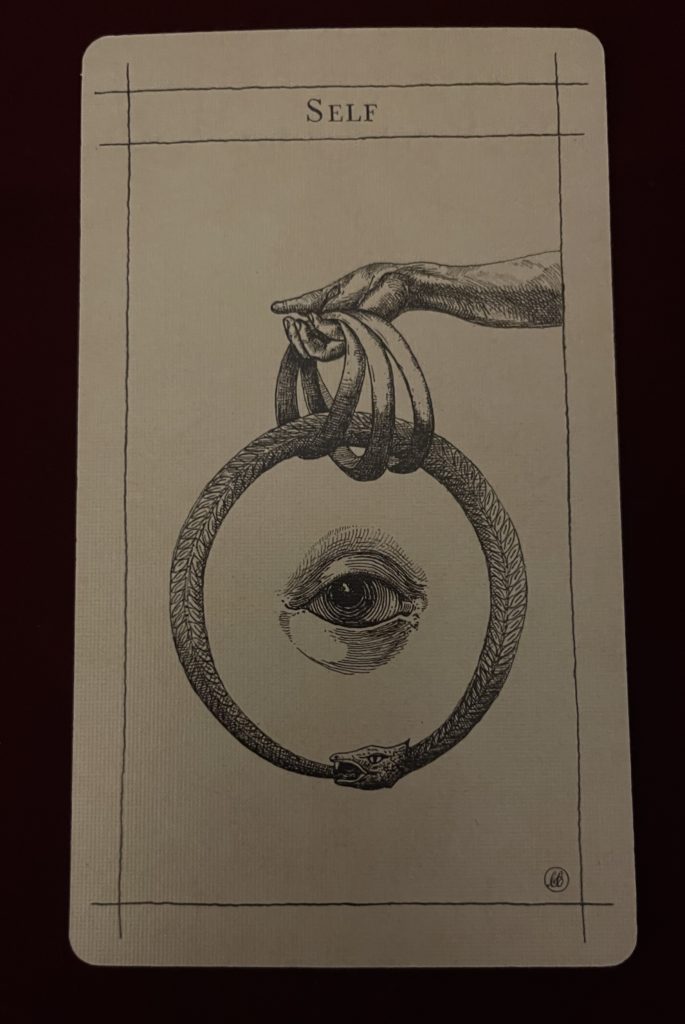After too much time wrapped in my weighted blanket and watching episodes of I Survived . . . as a response to the Sunday Blues (on long-weekend Monday), I decided to ease into productivity by writing my weekly blog post. None of the topics on this week’s list appealed to me, not even the administrator-turned-consultant who presented an oversimplified message and showed too many TikTok videos of his kids. It didn’t seem worthwhile to go through the process of revisiting the experience to write about it. I just decided to draw three cards from archetype decks and apply them to my life. I pulled two cards that connect through meaning to the pseudonym that I am going to use while sending out poetry this year.
This week my thoughts kept returning to the following topics: oversharing vs. vulnerability in teaching, how I can’t fathom leaving the creativity of the classroom for the world of administration, goal setting that actually works as an answer to the forced-narrowing of choices that becomes a necessity when one realizes that, even in the best of circumstances, one’s life is half over.
Drawn from Maree Bento’s Divine Muses Oracle: The Totem of Fire (in later editions of the deck called the Spirit of Fire)

Fire is associated with passion, innovation, growth, vitality, energetic creativity, transformation, courage, enthusiasm, and optimism. This element is essential to both my teaching life and my writing life. It makes me think about how I cannot imagine what it would be like to be a classroom teacher and be unable to prioritize or access the flow of this energy. This is true in regard to lesson planning and implementation, especially as lessons take on their own lives with each new group of dynamic individuals. I also believe that fire is present in teaching, especially in the teaching of reading and writing, in the teacher’s individual engagement with their own reading and writing.
Drawn from Kim Krans’s The Wild Unknown Archetypes Deck: The Heart

In this deck’s guidebook, one finds this archetype in the section entitled “The Places” rather than with objects or body parts. It is associated with the home, the center, the throne, “expansive knowing, gentle clarity,” and “the realm of expansion and compassion.” Krans writes that “The seat of the heart is often reclaimed by nature, music, dance, and the presence of children or animals.” Teaching and writing both access this home within me. I think of the works of the writers who have shaped me as a kind of home. I feel at home in the universe when I am writing. My classroom has become a kind of a sacred space for me – one that I am compelled to spend hours preparing for the kind of activities and interactions that will lead me and (maybe some of) my students to “enter[ing] the wild and sacred center of the self.”
Drawn from Linnea Gits’s Supra Oracle cards & the Supra: The Hidden Path of an Oracle: Self

Gits writes the following on self: “Through the three fellowships of consciousness – collective unconscious, subconscious and consciousness – the true self emerges and the circle of life closes. Micro merges with macro; life and death connect, and the divine serpent of a completed life swallows its own tail.” In her guide book, the following associated words with self: becoming, transparency, united, whole, fulfilled.
Both the classroom and the page are places where the self is uncovered and is able to emerge. One gets the most out of both when they are approached with a belief that the journey (or growth) is more important than immediate production of a perfect (and static) final product. Both are best experienced with an open heart (and a receptivity to the emotions that brings) and the spirit of fire – embracing dynamic transformation and the challenge and joy of one new start after another. I enter both the classroom and the world of the page with a part of me that is shaped by the cultures that have influenced me, my past and its baggage as it is held in my body, and the part of me that is trying consciously to live mindfully as both an individual and a being connected other beings.
Be First to Comment